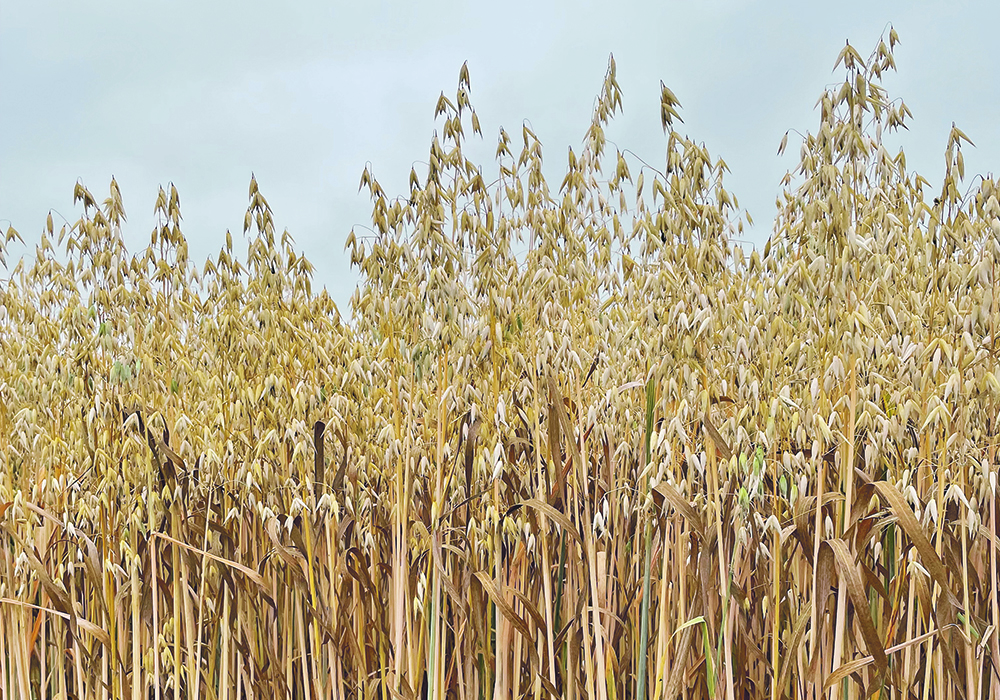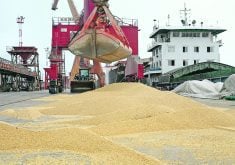Crop destined for booming human food market is still priced off the feedgrain market, which tends to reflect corn prices
Oat growers are going to whipsaw crop production again this spring, slashing acres in response to the plunge in profitability.
That’s going to set up better pricing times for farmers, says analyst Randy Strychar of oatinformation.com, but is yet another symptom of a deeply dysfunctional oats pricing system.
“We have to change the pricing model. We have to get rid of the unpredictability,” said Strychar to Manitoba oat growers at CropConnect.
“We have to get this more aligned with where the supply and the demand is in the food sector, not the feed sector. That’s a whole different price dynamic.”
Read Also

Bunge’s crop mix is changing
Bunge has predominantly been a soybean processing firm, but that’s about to change after the merger with Viterra with softseed processing and grain merchandising gaining ground.
Oats have booming demand in the human food industry. Oat-based breakfast bars are popular. Oatmeal, Cheerios, oat bars and other oat-based products continue to benefit from a health halo that keeps the crop shining in the public eye.
Oat milk has become a massive success, flying off shelves and arriving in the fast food industry.
Oat prices don’t act like they represent a premium food product, however. They are still priced off the feedgrains market and tend to reflect corn prices. The dodgy Chicago oat futures contract supplies price direction to the cash market, even though virtually everybody says it doesn’t work right.
“Our pricing model for oats is outdated,” said Strychar, long a critic of the volatile highs and lows of oat prices, which create massive swings in production most years.
“This is not a feedgrain. This is a boutique commodity, a special crop.”
Strychar thinks farmers are likeliest to cut acres by 20 percent this spring. People in the oat trade are guessing a 20 to 25 percent drop. Some think 30 is possible.
“We’ve never seen a 25. We’ve never seen a 22. We’ve never seen a 30,” said Strychar, who has traced back acreage to 1908.
Today’s prices are a far cry from last year’s. Manitoba No. 2 CW oats were $9.59 per bushel in mid-March 2022, but now are trading around $4.30. That’s given a gut punch to farmers’ enthusiasm for the traditionally popular crop.
Strychar thinks today’s low prices are, as always, the answer to low prices, since farmers will cut acres and buyers will be forced to chase supply. But he thinks the rebound will come faster than many expect. Millers are already getting worried by farmer disinterest in contracting new crop, although they are not yet willing to bid up prices.
“They’re not liking what they’re hearing,” said Strychar.
“If you don’t like these prices, sit on it…. Right now, the millers are holding the hammer. (But) you can’t make a Cheerio out of barley. At some point, they’re going to have to buy the oats. There’s going to be a standoff somewhere down the road. If you guys hold off, they have some decisions to make.”
In terms of long-term market expansion, Canada needs to eliminate the trade barriers that are keeping most Canadian oats out of China, Strychar said. It’s the third largest global market, but presently plays little role for Canadian growers.
















